Latest

New radar system to help protect first responders in smoky situations
SmokeNav combines an inertial sensor and millimeter-wave radar to enhance situational awareness for first responders in hazardous conditions.

Cracking quantum hacking with flawed crystals
Scientists are using crystal imperfections to generate secure encryption, paving the way for quantum-resilient data protection.
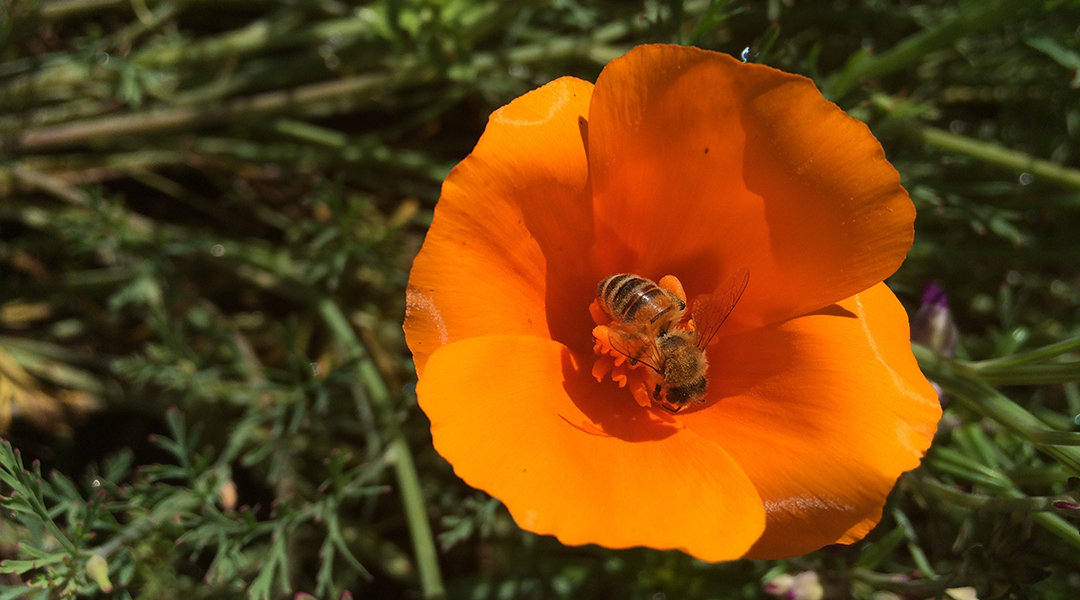
Honey bees boost crop pollination, but at a cost to wild bees
Honey bees compete with wild bees for resources in croplands, but nutritious wildflower plantings can mitigate these effects.
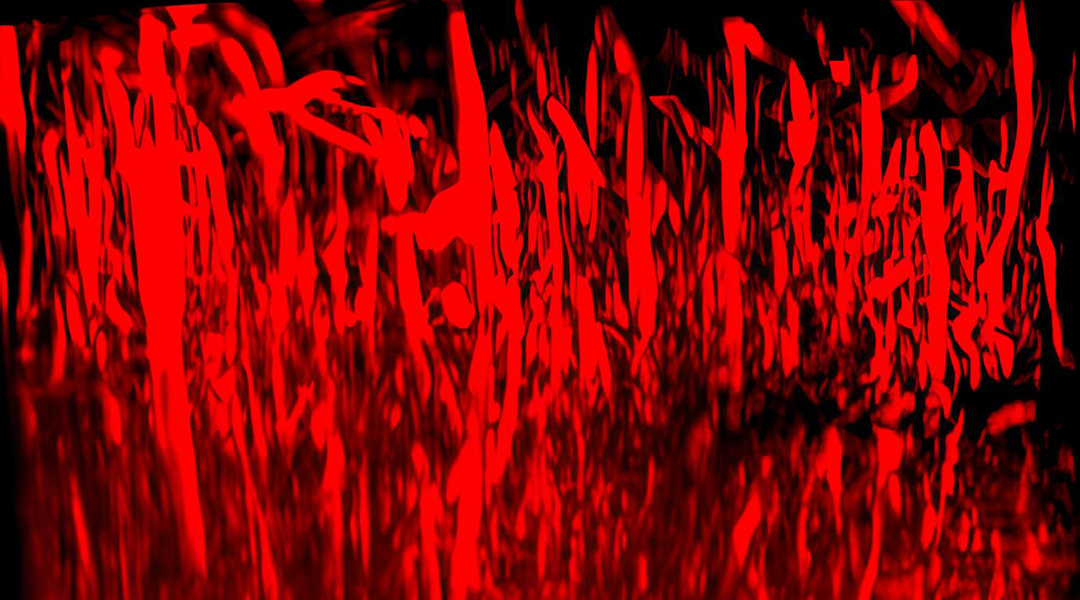
Injectable hydrogel helps regrow blood vessels after a stroke
A hydrogel delivers therapeutic molecules to the brain after a stroke, promoting blood vessel regrowth and aiding recovery.

Metasurfaces could shrink spectrometers, transforming how we observe the Universe
Metasurfaces to detect terahertz radiation are making spectrometers smaller, lighter, and more efficient for space travel.

Dung beetles inspire a new generation of robot
Robots modelled after dung beetles leverage nature’s ingenuity with efficient, space-saving object-rolling mechanics.

Swirling clouds of axions around neutron stars could help scientists detect dark matter
Dark matter may be gathering in dense clouds around neutron stars, potentially making it easier to observe it from Earth.
ASN Weekly
Sign up for our weekly newsletter and receive the latest science news directly to your inbox.

Warming Mars’ atmosphere with nanoparticles
Engineering mineral rich dust and releasing it as an aerosol could warm the planet and kickstart the thickening of the atmosphere.

Better organoids mean better brain models
Mimicking one of the body’s most complex organs isn’t easy, but researchers are making progress.

Neutron stars could be the gateway to dark matter
Could neutron stars hold the key to observing dark matter? Researchers believe studying them might one day reveal this elusive substance.
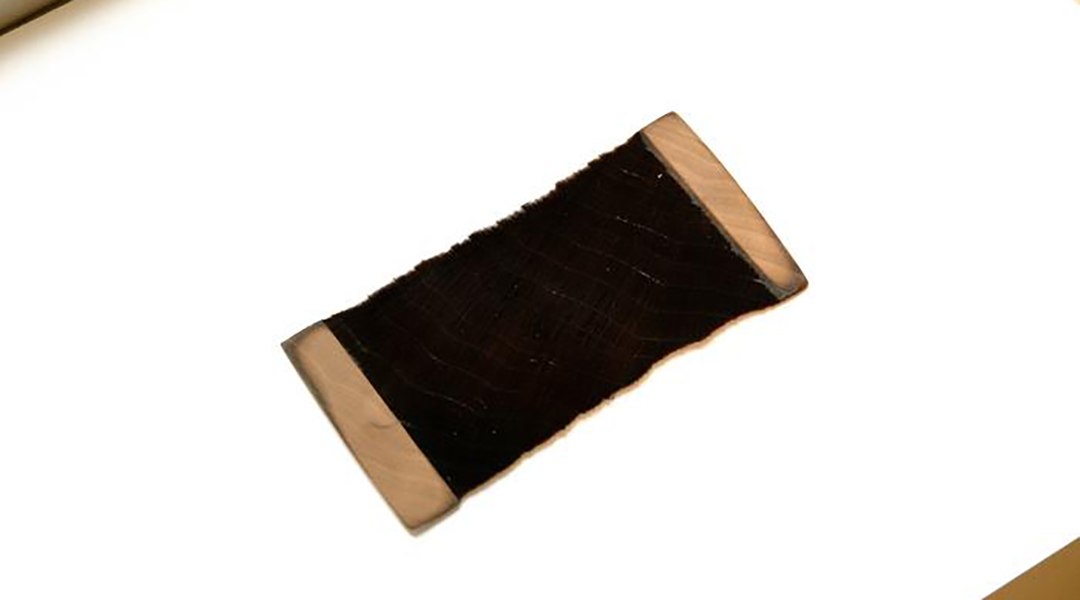
Super-black material created from etched wood
This material absorbs more than 99% of the light that strikes it, making it useful in applications ranging from solar energy to astronomy.

Finding the neural pathways behind the placebo effect
Understanding the placebo effect could lead to pain management therapies that are more effective than opioids without causing addiction.

Blocking key protein halts spread of cervical cancer tumors
New findings shed light on how cervical cancer spreads to the lymph nodes, opening the door for treatments that could stop the process.

A rockslide in Greenland caused the Earth to vibrate for nine days
A mega-tsunami in Greenland surged through a fjord for days, creating seismic waves that caused seismometers across the globe to hum.

New study reveals aligned brain waves strengthen the bond between humans and dogs
Scientists have discovered that human and dog brain waves synchronize during social interactions, offering new insights into our unique bond.

3D printing creates human-like blood vessels in heart tissue
This 3D printing method could make lab-manufactured organ transplants not just a possibility but a viable reality.
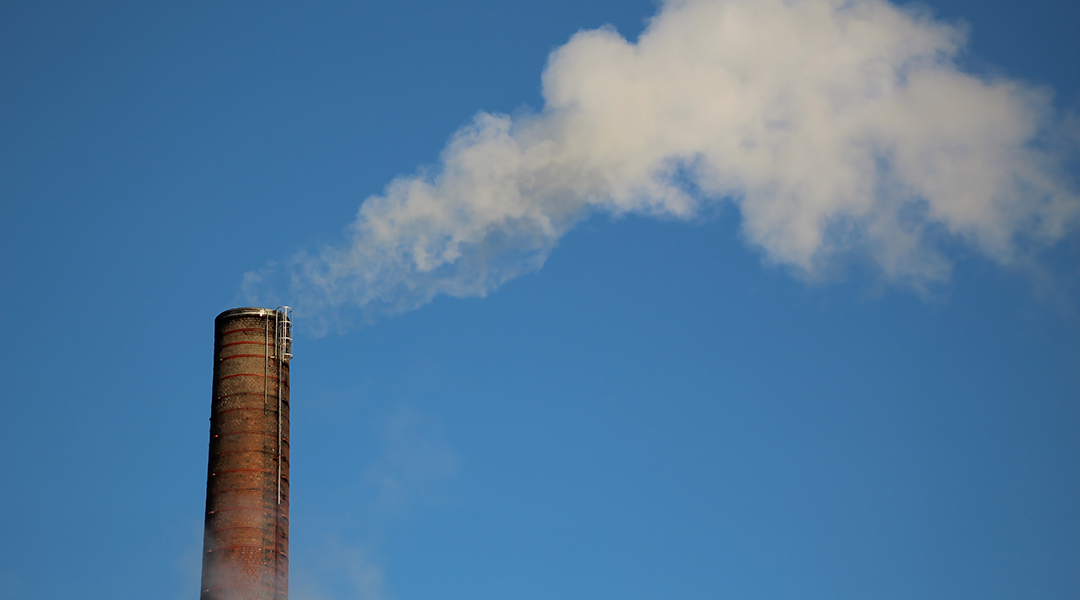
Are carbon credits actually in line with climate mitigation efforts
Carbon credits are used by companies and corporations to offset greenhouse gas emissions, but are they simply an aid for greenwashing?
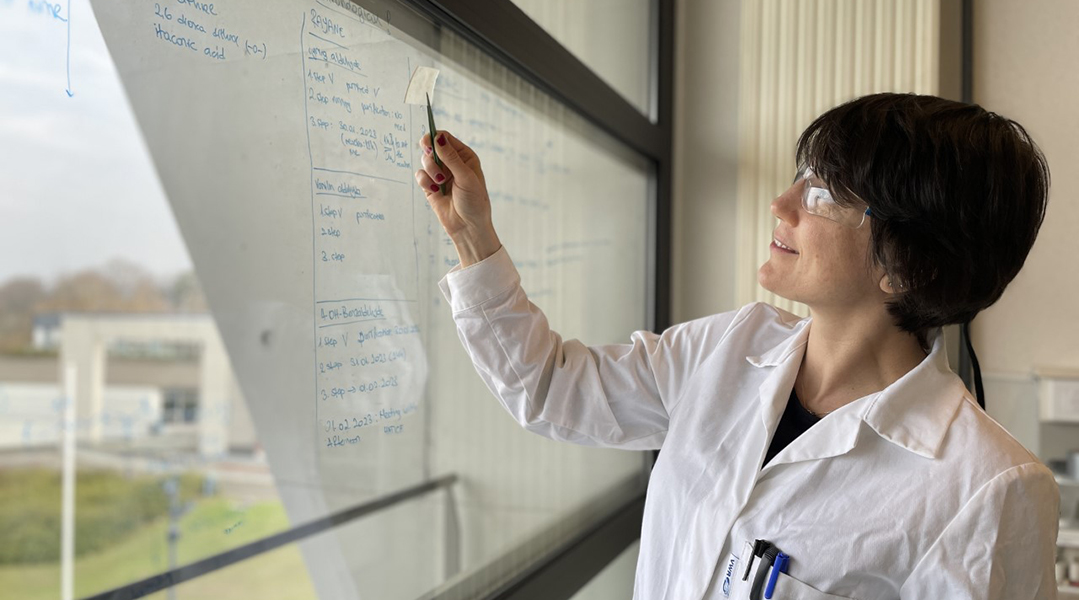
Hatice Mutlu: Circular chemistry through degradable, metamorphosing polymers
Chemist Hatice Mutlu applies zero-waste methods to create biodegradable polymers that can be used perpetually.

Bringing ancient viruses back to life
How seven ancient viruses ranging in age from 27,000 to 48,500 years were recovered from the Siberian permafrost, and what researchers hope to learn from them.

Meredith Barbee: Support your students, let them know you care about them
Meredith Barbee puts her students at the center, fostering critical thinking, independence, and skills for any career they might choose.
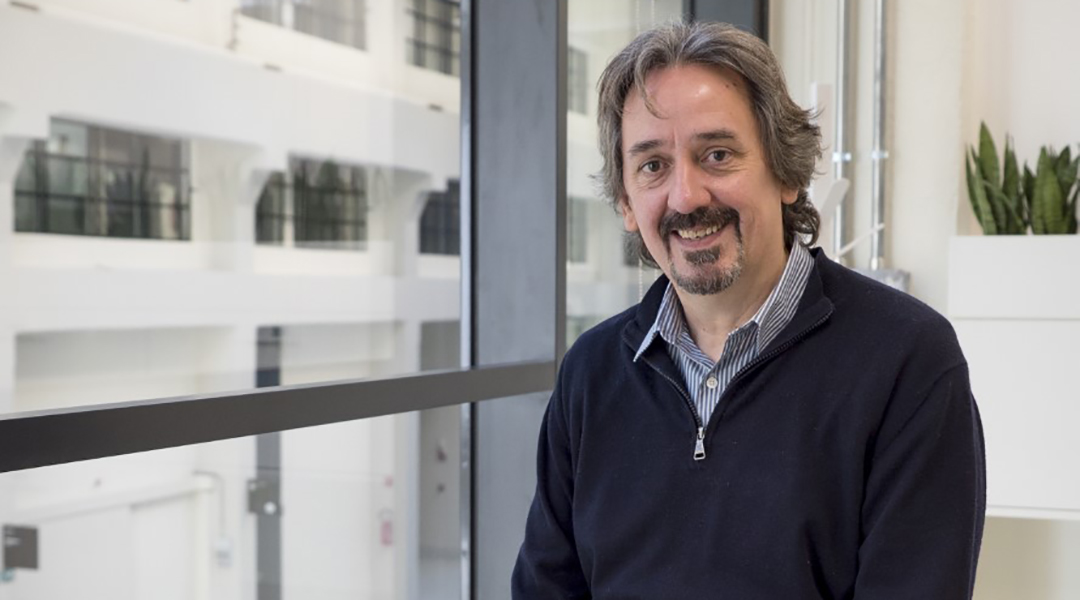
Albert Zink: Mummies link us to the past
Albert Zink, director at the Institute for Mummy Studies, investigates remains from the past to bring ancient stories to life.

André Isaacs: “Be okay with making mistakes”
Through teamwork and respect, Isaacs is forming lasting relationships with his students and building a community around dance.
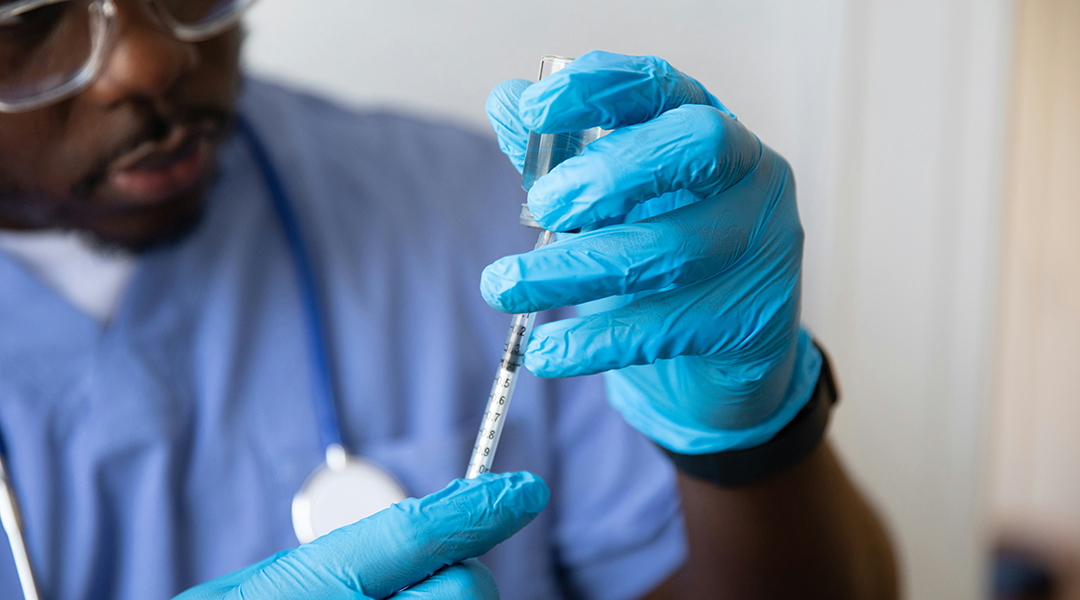
Enzymes help engineer safer, more effective vaccines
Researchers use enzymes to link antigens and adjuvants, creating safer and more effective vaccines by lowering the required adjuvant dosage.

Molecules secreted by parasitic worms found to reduce scarring during wound healing
Researchers have discovered that a protein produced by parasitic worms in the gut enhances wound healing in mice.

Remote-controlled robot is changing the game for endoscopes
A new teleoperated robot makes it possible to perform endoscopes remotely, making the procedure available in underserviced regions.

Using 3D printing to treat bone infections
A new biomaterial shows unprecedented success at eliminating bacteria that cause bone infections and promote the regrowth of injured bones.

Remote-controlled robot is changing the game for endoscopes
A new teleoperated robot makes it possible to perform endoscopes remotely, making the procedure available in underserviced regions.

Diamond-based sensors measure temperatures on the nanoscale
Scientists have optimized nanodiamond sensors, with potential breakthroughs in electronics, medicine, and quantum tech.

A working quantum battery may be just around the corner
Scientists create designs for quantum batteries, which harness the potential of quantum mechanics to enhance energy storage.

AI and robotics join forces to revamp how medications are made
Scientists are speeding up drug formulation to breath new life into old medications and reduce risk of clinical trial failure.

Catalyst removes NOx pollutants at room temperature
A new material converts NOx environmental pollutants into harmless byproducts without the need for any heat.

Biodegradable plastics remain a hidden source of harmful microplastics
There is an urgent need to replace fossil-derived plastics with biodegradable alternatives but do they solve microplastics’ health issues?

3D printing goes “green” with microalgae ink
A search for environmentally friendly inks led researchers to microalgae biofactories, providing a renewable biomass solution.

Improving satellite tracking will reveal hidden sources of global carbon emissions
Greenhouse gas emissions are warming up the planet and scientists are turning their eyes to the sky to better track them down.

A working quantum battery may be just around the corner
Scientists create designs for quantum batteries, which harness the potential of quantum mechanics to enhance energy storage.

Could adding extra dimensions help solve the quantum gravity puzzle?
Adding extra dimensions to a theory known as “fuzzy gravity” may help bridge the gap between quantum mechanics and relativity.
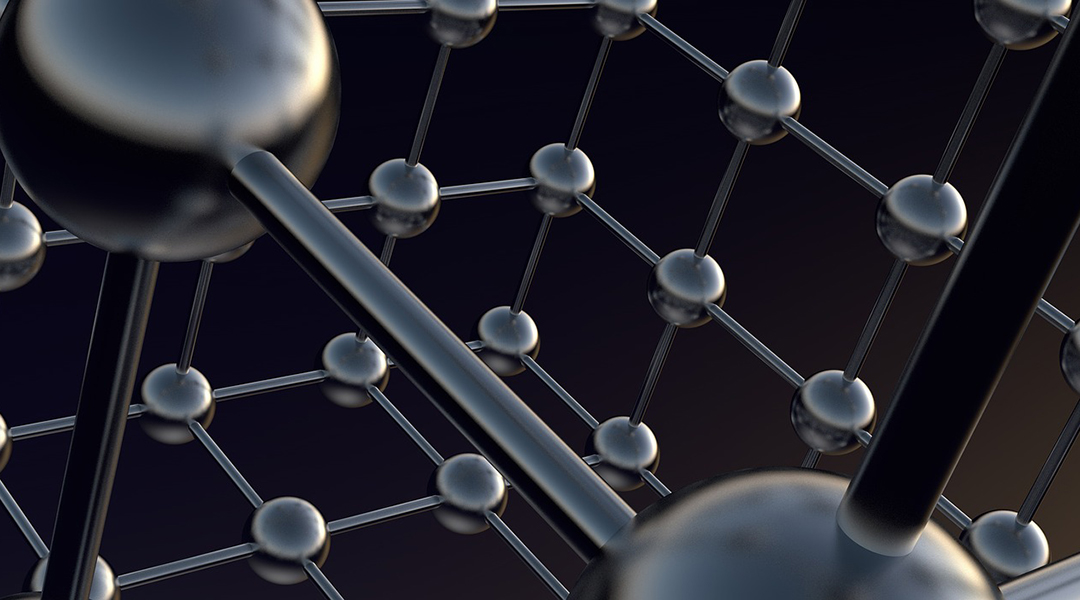
Scientists hope a new take on superconductivity could spark more advances in the field
Understanding this unique form of superconductivity is crucial and could lead to exciting applications, like functional quantum computers.

James Webb Telescope uncovers possible water on Psyche’s surface
Data gathered about the M-class asteroid challenges earlier assumptions that it is unaltered planetary core.





